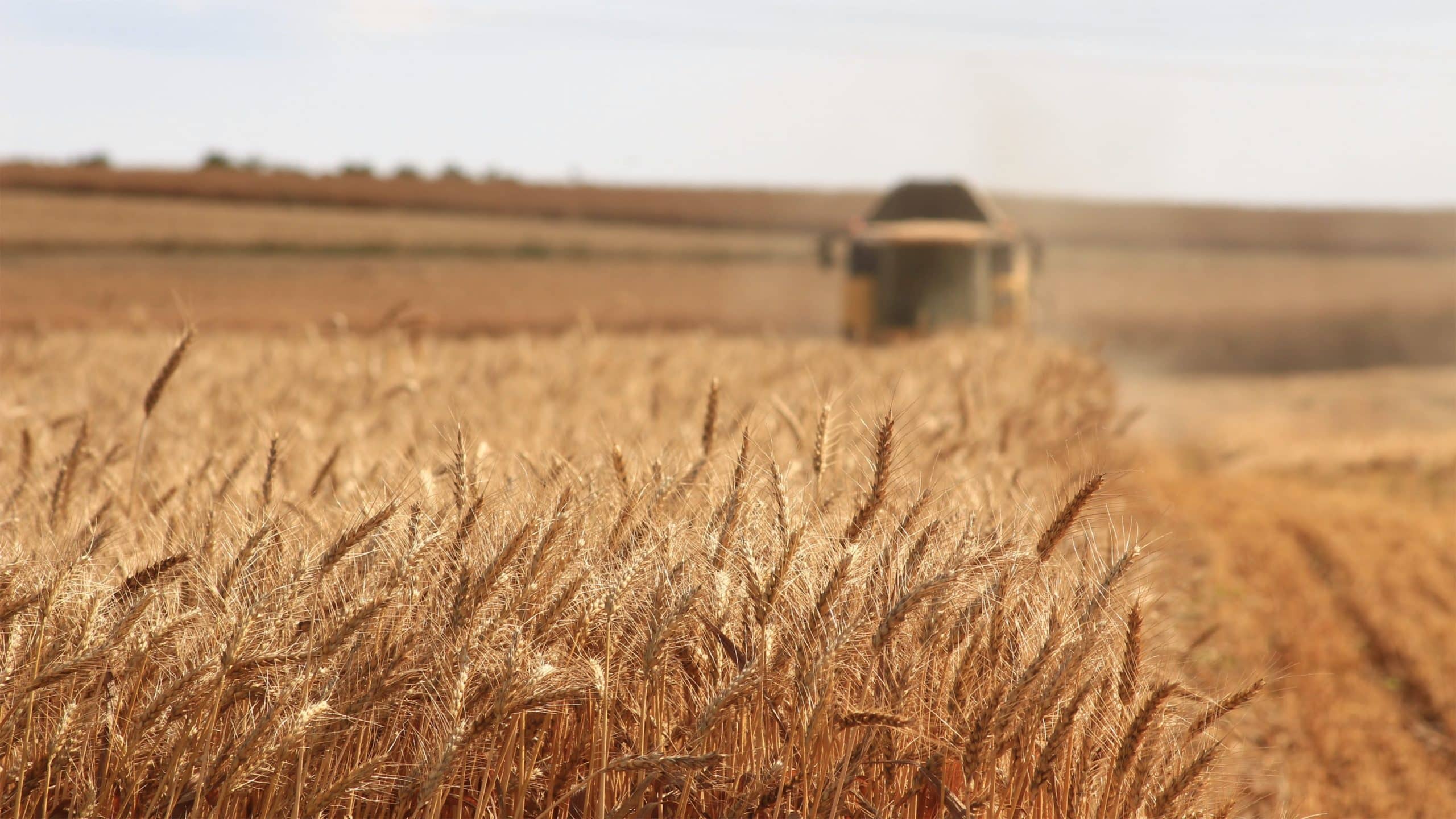Agriculture is one of the world’s oldest industries and finds itself at a technological crossroads. Disrupted by climate change, constantly shifting demand for exports, and a growing global population, the sector is searching for new ways to remain relevant, sustainable and profitable.
Rapid technological transformation, including the growth and demand for IoT devices and systems, which helps farmers and producers find new efficiencies in land use, water use and crop management, is required.
A recent report by McKinsey and Company found that that agricultural connectivity could unlock more than $500B in GDP by 2030. It also stated that Agriculture is one of just seven sectors that, fuelled by advanced connectivity, will contribute $2 trillion to $3 trillion in additional value to global GDP over the next decade.
In Australia, IoT in Agriculture is still in its infancy. There are three key reasons for this. Firstly, farms while often large businesses, do not function like city-based corporations. They do not have CIOs or CTOs to lead IT projects, and this creates a barrier to adoption, which without education and industry support is difficult to overcome.
Secondly, technology and solution providers are just starting to get their hands dirty when it comes to Agriculture. And until they start to get ‘more boots on the ground’ – and understand the unique and specific needs of the environments their technology is being implemented in – adoption will remain steady, but not fast.
Thirdly, while the economics of ‘low investment high yield’ are well understand by the sector in relation to IoT devices and systems, the investment culture remains very linear. Farmers generally by a wireless sensor or device to solve a specific problem – like monitoring water levels or soil moisture. But the true value of IoT technology lies in integrated systems, with multiple data points, which provide richer data and insights and help to inform decision making. It is these insights which will eventually transform the sector altogether.
To explore these challenges, we recently brought together four leading experts as part of our ‘Agriculture’s Connected Future’ webinar. They included Alicia Asin, CEO of Libelium, Paul Stapleton, Director of Precision Livestock Farming, Patrick Eckle, CEO of Digio and Simay Akinci, IoT Solutions Engineer at M2M Connectivity.
Key themes that our experts raised included:
- We need to make data meaningful to realise maximum efficiency gains from IoT. Collecting data is just the start of the IoT journey.
- IoT needs to be seen as a long-term investment and not just the purchase of device infrastructure.
- Technology companies have a leadership role to play in helping educate and guide the sector to address barriers to adoption.
- Having the right technology partner is the key to IoT success.
- Nothing beats getting ‘boots on the ground’ to understand the technological needs and challenges of farmers and agricultural businesses.
- Agricultural environments are rugged and extreme. Reliability should be a primary consideration when designing and integrating IoT systems for Agriculture.
Our experts agreed that technology has a major part to play in the evolution of Agriculture in Australia, but for the sector to maximise yields from it, education and culture have an equally important role to play.





